Tattooing is not only an art form, but a process, a practice, an ordeal and a ceremony.
From now until September, visitors to the Museum of Vancouver can engage with the meaning behind the practice at True Tribal: Contemporary Expressions of Ancestral Tattoo Practices. This visual feast has been curated to allow visitors a glimpse into the world of Indigenous tattooing. As people enter the gallery, they’ll be greeted by eight portraits standing seven feet tall featuring the contemporary guardians of the visual languages that tie the exhibition together.
As the exhibition illustrates, the revival of ancestral tattoo designs and motifs, the re-envisioning of meaning and protocols, and the refashioning of ancestral application methods is part of Indigenous peoples’ efforts to reclaim their lands, cultures and identities.
We sat down with Dion Kaszas, the exhibition’s co-curator and a featured artist, to learn more about True Tribal and Indigenous tattooing.
The Tyee: When did you start tattooing?
Dion Kaszas: I started my professional tattoo apprenticeship in 2009 in a small shop in my hometown of Salmon Arm, B.C. While getting my right sleeve tattooed in 2006, I found a pamphlet outlining my Nlaka’pamux ancestors’ tattooing practice. That knowledge sat in my heart until I officially started the revival of Nlaka’pamux tattooing in 2012 by skin stitch and hand poke tattooing my leg. Ever since, my life has been immersed in the world of Indigenous tattooing as a practitioner, a mentor, a student and a leader.
How did you meet and find the artists featured in True Tribal? What connects you to each other?
I have known many of the artists in True Tribal for close to a decade through national and international tattooing events and gatherings. As a scholar and researcher in Indigenous tattooing, I am familiar with most leading global figures in the revival movement. The remaining artists came to my attention via friends and colleagues who send me names and profiles of Indigenous tattoo artists and cultural tattoo practitioners. When I look at this exhibition, I can see the thread that binds us together as artists is our contemporary use and interpretation of our ancestral visual languages.
What perspectives and practices are Indigenous tattoo artists bringing to the industry?
Indigenous tattoo artists and cultural tattoo practitioners are bringing our ancestral knowledge, teachings and protocols to the tattoo industry — an industry that has been saturated with cultural appropriation, racist imagery depicting Indigenous peoples, and generally a closed door to Indigenous artists. This exhibition hopes to bring awareness to our perspectives about the misuse and abuse of our ancestral visual languages and begin the conversation on how we can move forward with respect and integrity.
You use the word “ancestral” instead of “traditional” to describe the tattoo work you and the other artists do. Why is that?
One of the struggles of an ancestral skin marker in today’s time is being placed in theoretical and anthropological boxes that describe and define our work in foreign ways, place limiting beliefs in our minds, and work to keep us in the past.
“Traditional” is one of those boxes and it places us as Indigenous peoples in the past. Our people have continuously evolved, adapted and innovated, and I use the term ancestral to connect our contemporary practices with our ancestors’ teachings, knowledge and visual languages. This term acknowledges our responsibility to innovate and adapt to suit the changing needs of each generation’s lived reality.
True Tribal is an assertion that the work of contemporary Indigenous tattoo artists, cultural tattoo practitioners and ancestral skin markers, regardless of methods of application, are firmly embedded in our ancestral practices.
As part of the preparation for this exhibition you visited the MOV and the basketry collection here. What was that experience like? Did seeing the patterns inspire you?
I have visited ancestral objects in museum collections across the globe. Whenever I see one of these kin [ancestral objects] housed in these collections, I reclaim another piece of myself. Our ancestors’ visual language, essence and energy are contained in the baskets and kin found on museum shelves, and as descendants, visiting our kin is a responsibility. The patterns not only inspire me artistically and aesthetically, but they also remind me of how innovative, ingenious, intelligent and resourceful we are as Nlaka’pamux people.
What’s your latest tattoo?
The newest tattoo is the large-scale blackout on my right arm. In my late 20s, I went through the process of getting a Māori-inspired right sleeve. At the end of 2023, I asked a friend to black it out, leaving a dark, bare, blank canvas. For the past few years, I have used my culturally appropriated right sleeve as a teaching tool to emphasize that sometimes we, as human beings, don't know better.
Once I understood that it was inappropriate to wear a marking that I did not have the right relationship and responsibility to wear, I took steps to correct this. It is also a lesson to be gentle with ourselves, but also a nudge to remember that once we know better, we do better.
You’ve talked about cultural appropriation before, and how at least one person involved in the tattoo process must have a connection to those marks. Can you elaborate on that idea? Why is that important?
It is as simple as one person in the process of receiving an ancestral mark must possess some rights, relationships and responsibilities to that mark. This emerges from the fact that, in many cases, these marks are not just tattoos — they may be a legal declaration of land, hunting and fishing rights. They may be connected to a spiritual journey or part of a healing ceremony and therefore are inappropriate to share.
There is knowledge, protocols and responsibilities that a cultural practitioner brings to the process of marking using ancestral designs, symbols and motifs. These are the ways that we see things; to insist on framing the conversation outside our cultural knowledge and protocols is a continuation of the cultural genocide of colonization.
Tell us about your podcast, Transformative Marks. In it, you speak to a lot of the artists in the exhibition. Did you start recording interviews as part of the building of True Tribal? Or did the podcast come later?
The Transformative Marks podcast journeys through Indigenous tattooing, amplifying the voices of practitioners, and those who wear the marks. It started as an initiative to bring forward the voices of contemporary Indigenous change-makers, lifting them as role models for the coming generations. It is also a way for us as practitioners to begin telling our story how we want it to be said. We must share the most essential parts and protect the pieces that must be protected.
The curatorial studio visits for True Tribal offered a unique opportunity to explore the themes and ideas presented in the exhibition. True Tribal and Transformative Marks are among a series of overlapping projects I’m working on, and this provided some beautiful opportunities to share the work of each of the artists participating in True Tribal with the world.
'True Tribal' is on display now at the Museum of Vancouver through mid-September 2024. For more information on ‘True Tribal’ and other exhibitions on at the MOV, visit the museum’s website. ![]()
Read more: Indigenous, Art
This article is part of a Tyee Presents initiative. Tyee Presents is the special sponsored content section within The Tyee where we highlight contests, events and other initiatives that are either put on by us or by our select partners. The Tyee does not and cannot vouch for or endorse products advertised on The Tyee. We choose our partners carefully and consciously, to fit with The Tyee’s reputation as B.C.’s Home for News, Culture and Solutions. Learn more about Tyee Presents here.




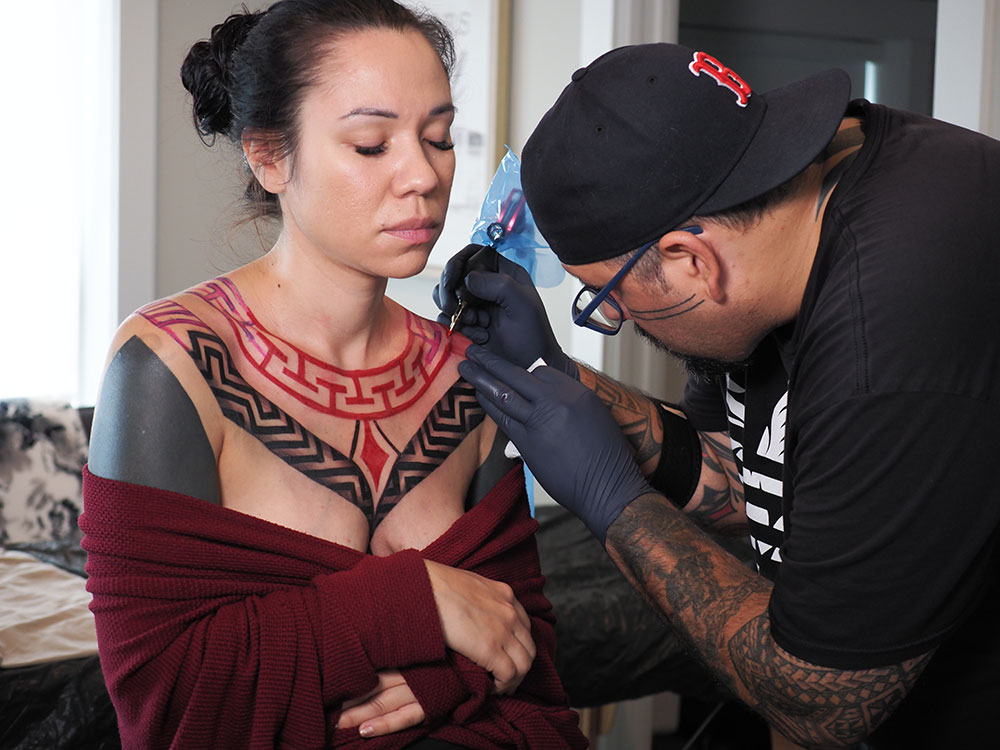
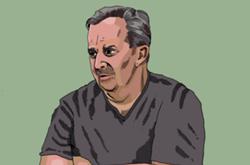
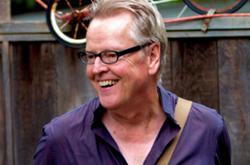
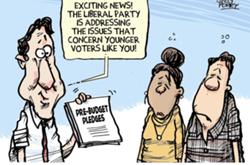
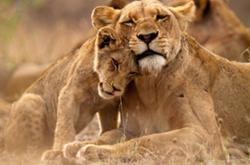








Tyee Commenting Guidelines
Comments that violate guidelines risk being deleted, and violations may result in a temporary or permanent user ban. Maintain the spirit of good conversation to stay in the discussion and be patient with moderators. Comments are reviewed regularly but not in real time.
Do:
Do not: